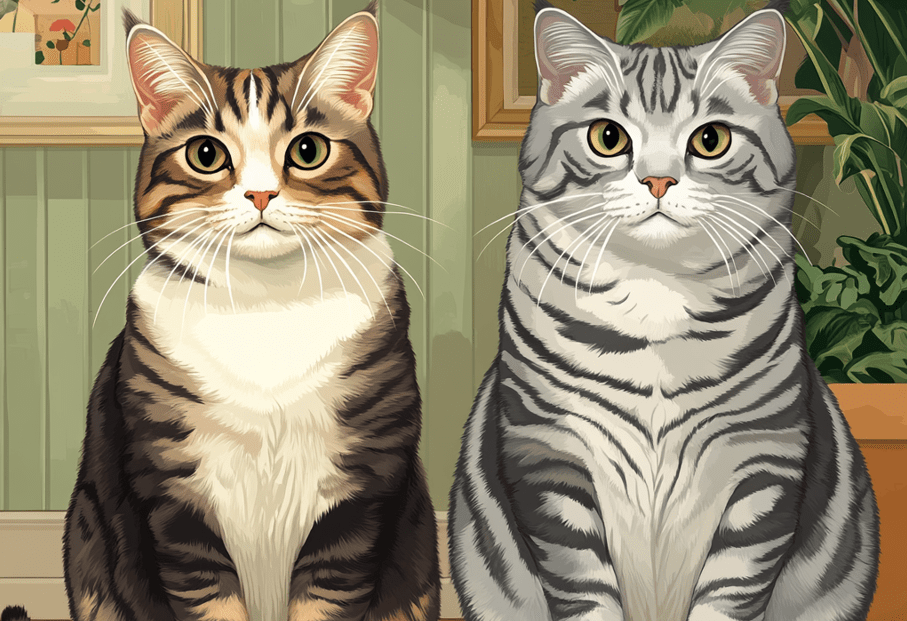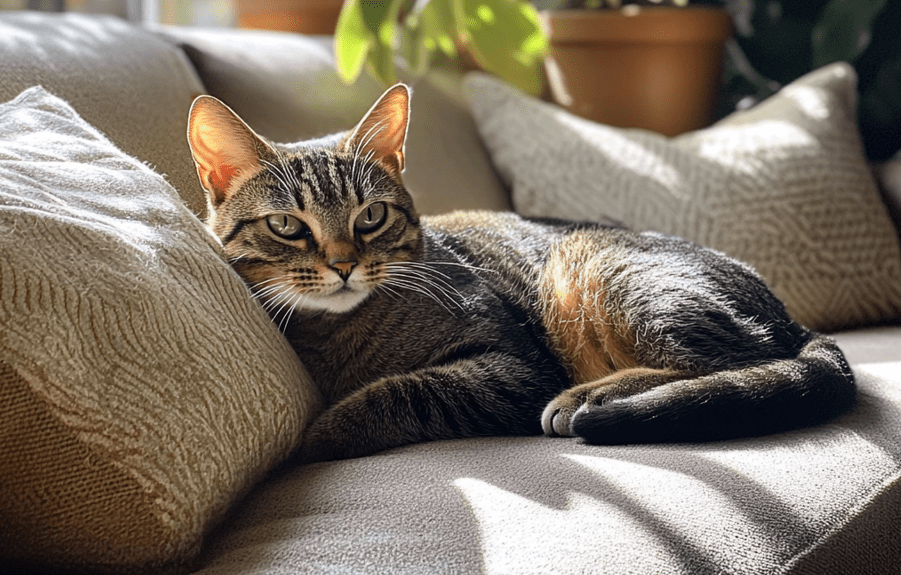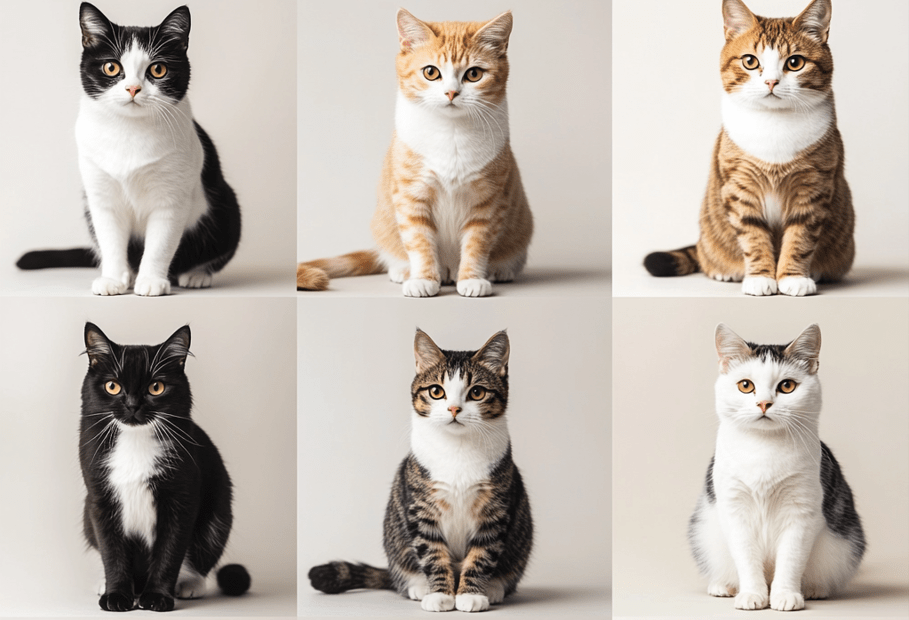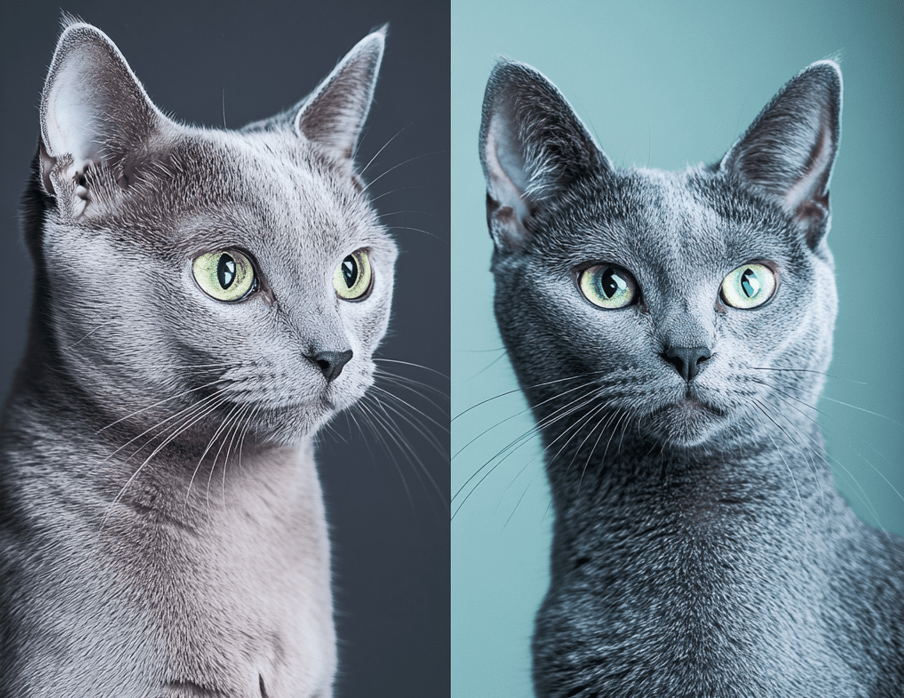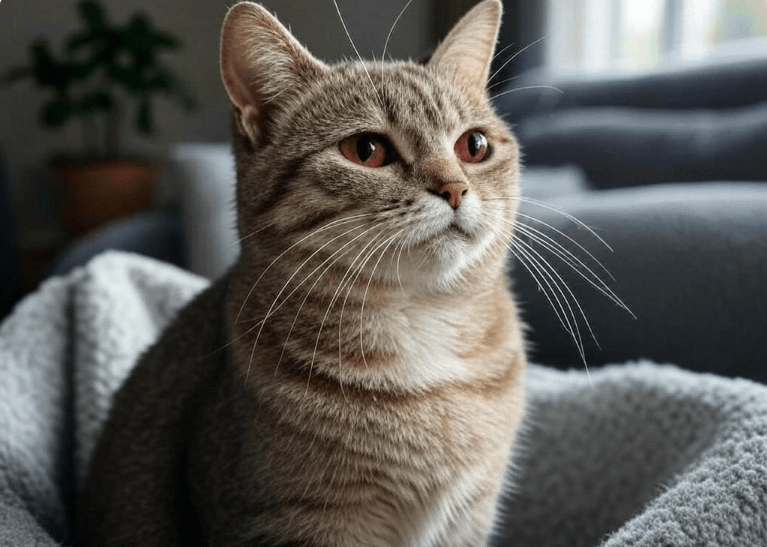
If you’ve noticed your Domestic Shorthair chews plants, you’re not alone. These short-coated, mixed-breed cats are curious by nature, often nibbling on houseplants or garden greenery. While this behavior may seem harmless, it can lead to health issues like toxicity or digestive upset, not to mention damage to your plants. Understanding why your Domestic Shorthair chews plants and learning how to redirect this behavior is key to keeping both your cat and your home safe. This comprehensive guide explores the causes and offers practical, humane solutions to stop this habit.
Why Does Your Domestic Shorthair Chew on Plants?
Domestic Shorthairs chew on plants for a variety of reasons, ranging from natural instincts to underlying health or behavioral issues. Identifying the root cause is the first step to addressing the behavior effectively.
1. Instinctual Behavior
Cats, including Domestic Shorthairs, are obligate carnivores, but their wild ancestors often consumed plant matter indirectly through prey. Chewing on plants may be an instinctual way to:
Aid Digestion: Grass or plants can help cats regurgitate hairballs or indigestible material.
Explore Textures: The texture of leaves may appeal to their curiosity, satisfying a need to chew or play.
Mark Territory: Chewing can be a way to leave their scent on objects, marking them as part of their territory.
2. Nutritional Deficiencies
If your Domestic Shorthair’s diet lacks certain nutrients, they may turn to plants to compensate. Common deficiencies include:
Fiber: Plants provide fiber, which can aid digestion if their diet is lacking.
Vitamins and Minerals: Some cats may chew plants to seek out trace nutrients like folate or magnesium, though this is less common in well-fed cats.
Hydration: Cats on dry-food-only diets may chew on moist plants to supplement water intake.
3. Boredom or Stress
Domestic Shorthairs are intelligent and active, and a lack of mental stimulation can lead to undesirable behaviors like plant-chewing. Stressors that contribute include:
Lack of Enrichment: Without toys, playtime, or interaction, your cat may chew plants to alleviate boredom.
Environmental Changes: Moving to a new home, introducing a new pet, or changing routines can cause stress, prompting chewing as a coping mechanism.
Separation Anxiety: If your cat feels lonely when you’re away, they may chew plants to self-soothe.
4. Dental Health Issues
Chewing on plants can be a sign of dental discomfort in Domestic Shorthairs. Issues like:
Teething in Kittens: Young cats may chew to relieve teething pain.
Gingivitis or Tooth Pain: Adult cats with dental issues may chew to alleviate discomfort or clean their teeth.
Plaque Buildup: Chewing on rough textures can be an attempt to scrape off plaque.
5. Attraction to Specific Plants
Some plants are particularly enticing to Domestic Shorthairs due to their scent, taste, or texture. For example:
Catnip: Contains nepetalactone, a compound that stimulates many cats.
Spider Plants: Their grass-like leaves are appealing to chew.
Mint or Basil: Aromatic herbs can attract curious cats.
Unfortunately, many common houseplants—like lilies, philodendrons, or pothos—are toxic to cats, posing a significant risk if ingested.
The Dangers of Plant-Chewing for Domestic Shorthairs
While occasional nibbling on safe plants may not harm your Domestic Shorthair, habitual chewing can lead to serious consequences.
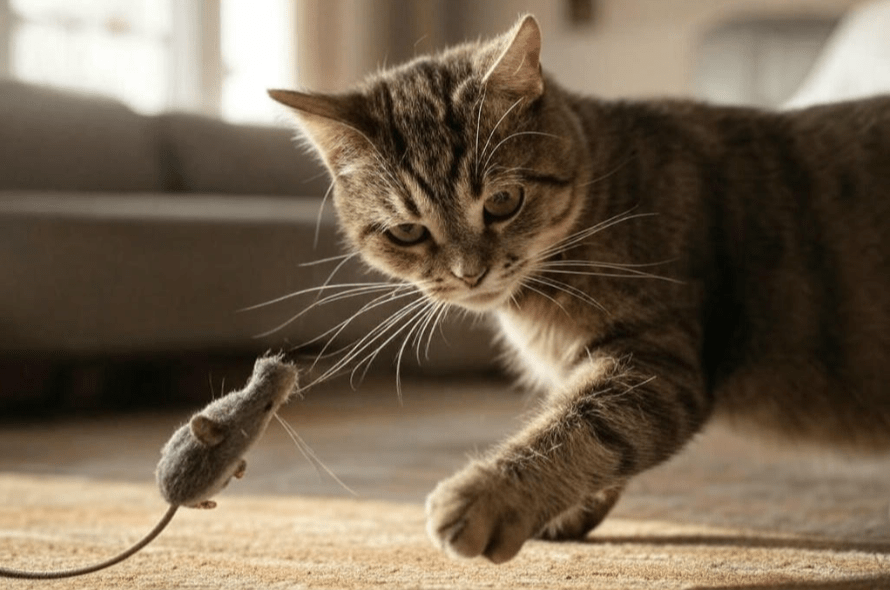
1. Toxicity
Many household and garden plants are toxic to cats, causing symptoms ranging from mild irritation to life-threatening conditions. Common toxic plants include:
Lilies: Even small amounts can cause kidney failure.
Pothos and Philodendrons: Contain calcium oxalate crystals, leading to oral irritation, vomiting, and difficulty swallowing.
Aloe Vera: Can cause vomiting, diarrhea, and lethargy.
Sago Palm: Highly toxic, potentially causing liver failure.
If your Domestic Shorthair chews on a toxic plant, contact your veterinarian or the ASPCA Animal Poison Control Center immediately.
2. Digestive Issues
Even non-toxic plants can upset your cat’s stomach if consumed in large quantities. Potential issues include:
-
Vomiting or diarrhea from indigestible plant material.
-
Gastrointestinal blockages if large pieces are swallowed.
-
Hairball exacerbation if plant matter mixes with fur in the stomach.
3. Choking or Injury
Some plants have sharp edges, thorns, or fibrous textures that can:
-
Cause choking if large pieces are swallowed.
-
Lead to mouth or throat injuries, such as cuts or irritation.
-
Result in intestinal obstruction if fibrous material accumulates.
4. Damage to Your Home
Beyond health risks, plant-chewing can harm your indoor or outdoor plants, leading to wilted leaves, broken stems, or overturned pots. This can be frustrating for plant enthusiasts and may create a messy living space.
How to Stop Your Domestic Shorthair from Chewing on Plants
Stopping your Domestic Shorthair from chewing on plants requires a multi-faceted approach that addresses the underlying cause while providing safe alternatives. Here are actionable steps to curb this behavior.
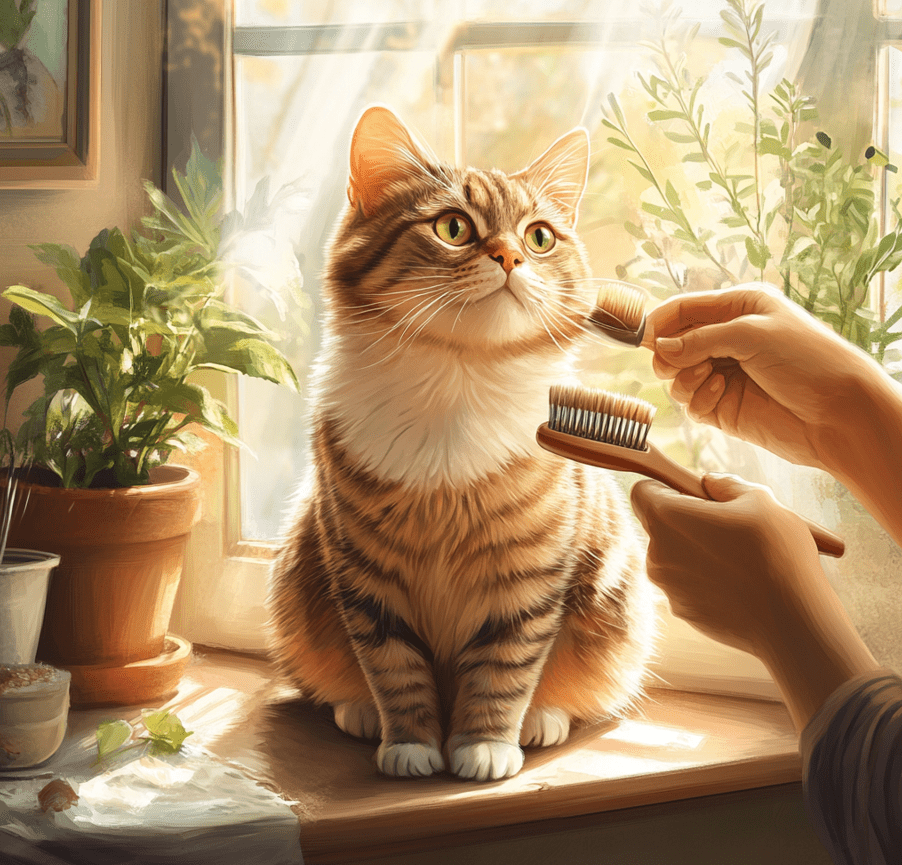
1. Remove Access to Toxic Plants
The first priority is to ensure your home and garden are safe for your Domestic Shorthair.
Identify and Remove Toxic Plants: Replace toxic plants with cat-safe alternatives like spider plants (non-toxic despite their appeal), catnip, or cat grass.
Relocate Plants: Place plants in areas your cat can’t access, such as high shelves, hanging baskets, or enclosed rooms.
Use Barriers: Cover soil with stones or use plant covers to deter digging and chewing.
2. Provide Safe Plant Alternatives
Offering safe plants can satisfy your Domestic Shorthair’s urge to chew while keeping them healthy.
Cat Grass: Wheatgrass, oat grass, or barley grass are safe and provide fiber. You can buy pre-grown grass or grow your own using kits.
Catnip or Catmint: These plants are stimulating and safe for most cats to chew.
Silver Vine: Another safe plant that many cats enjoy chewing or rubbing against.
Place these plants in accessible areas to encourage your cat to choose them over your houseplants.
3. Enhance Environmental Enrichment
Boredom and stress are common reasons Domestic Shorthairs chew plants, so increasing stimulation can redirect their energy.
Interactive Toys: Wand toys, puzzle feeders, and balls encourage active play.
Climbing Structures: Cat trees or shelves allow exploration and exercise.
Daily Playtime: Spend 10–15 minutes twice a day engaging your cat in play to reduce boredom.
Window Perches: Provide a perch where your cat can watch birds or outdoor activity, keeping them mentally stimulated.
4. Address Nutritional Needs
Ensure your Domestic Shorthair’s diet is balanced to reduce the urge to seek nutrients from plants.
High-Quality Diet: Feed a vet-recommended, complete cat food with adequate protein, fiber, and moisture.
Hydration: Offer wet food or a cat fountain to encourage water intake, reducing the need to chew plants for moisture.
Supplements: If you suspect a deficiency, consult your vet about adding fiber or omega-3 supplements to support digestion and overall health.
5. Deter Plant-Chewing Behavior
Use deterrents to make plants less appealing to your Domestic Shorthair while reinforcing positive behavior.
Taste Deterrents: Spray plants with a pet-safe bitter spray, like Grannick’s Bitter Apple, to discourage chewing.
Texture Deterrents: Cover plants with double-sided tape or aluminum foil—cats often dislike these textures.
Scent Deterrents: Cats dislike citrus scents, so placing orange or lemon peels around plants can help.
Positive Reinforcement: Reward your cat with treats or praise when they chew on safe alternatives instead of houseplants.
Avoid punishment, as it can increase stress and worsen the behavior.
6. Monitor and Improve Dental Health
Dental issues may drive your Domestic Shorthair to chew plants, so maintaining oral health is crucial.
Regular Dental Checkups: Schedule annual vet visits to check for gingivitis, plaque, or tooth decay.
Dental Treats or Toys: Offer dental chews or toys designed to clean teeth, like those with textured surfaces.
Brushing: If your cat allows it, brush their teeth with a cat-safe toothbrush and toothpaste to reduce plaque buildup.
If your cat shows signs of dental pain (drooling, pawing at the mouth, or reluctance to eat), consult your vet immediately.
7. Reduce Stress and Anxiety
A calm environment can minimize stress-related plant-chewing in Domestic Shorthairs.
Create Safe Spaces: Provide hiding spots or cozy beds where your cat can retreat.
Maintain Routine: Keep feeding, play, and litter box schedules consistent.
Pheromone Diffusers: Use products like Feliway to mimic calming feline pheromones.
Minimize Disruptions: Introduce changes gradually, such as new pets or furniture, to avoid overwhelming your cat.
If stress persists, consult a feline behaviorist for tailored advice.
What to Do If Your Domestic Shorthair Eats a Toxic Plant
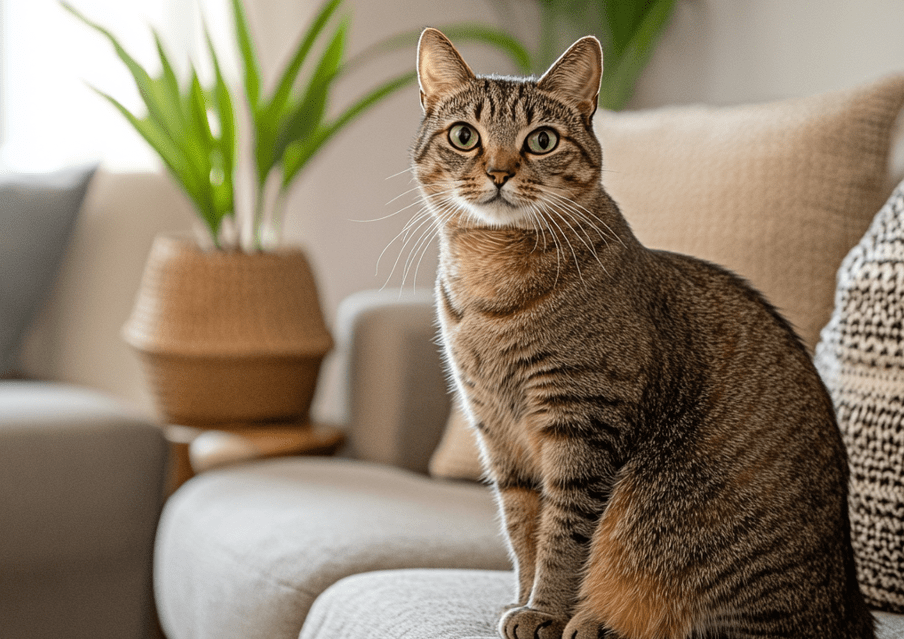
If you suspect your Domestic Shorthair has chewed on a toxic plant, act quickly:
Identify the Plant: Note the plant’s name or take a photo for reference.
Check for Symptoms: Look for vomiting, diarrhea, lethargy, drooling, or difficulty breathing.
Contact Your Vet: Call your veterinarian or the ASPCA Animal Poison Control Center (1-888-426-4435) for guidance.
Do Not Induce Vomiting: Unless instructed by a vet, inducing vomiting can worsen the situation.
Prevent Further Access: Remove the plant from your cat’s reach to avoid additional exposure.
Prompt action can make a significant difference in your cat’s recovery.
Long-Term Strategies for a Plant-Safe Home
Preventing plant-chewing in the long term involves creating a cat-friendly environment while meeting your Domestic Shorthair’s needs.
Educate Yourself: Learn which plants are safe and toxic for cats, and regularly check your home for new hazards.
Involve Your Cat: Include them in your daily routine with play, affection, and attention to reduce boredom.
Monitor Behavior: Keep a journal of chewing incidents to identify triggers, such as stress or dietary changes.
Consult Professionals: Work with your vet or a feline behaviorist if the behavior persists despite your efforts.
Conclusion
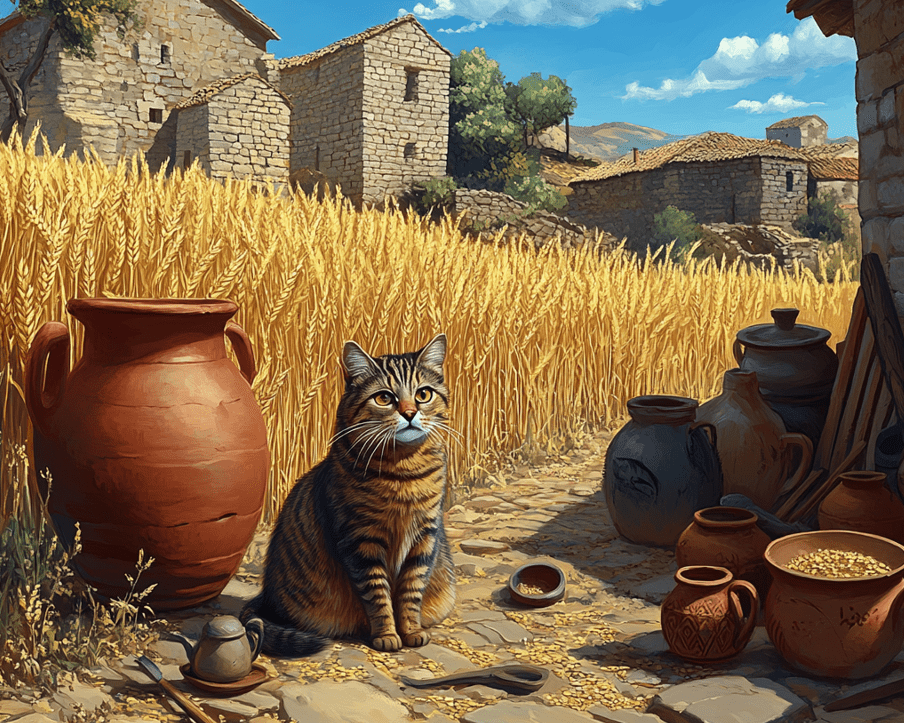
Understanding why your Domestic Shorthair chews plants and taking proactive steps to stop it can protect your cat’s health and your home. By addressing instinctual needs, improving their environment, ensuring proper nutrition, and using safe deterrents, you can redirect this behavior effectively. With patience and consistency, you can create a plant-safe space where your Domestic Shorthair thrives without the risks of toxic ingestion or digestive issues. This guide equips you with the knowledge and tools to foster a harmonious relationship with your feline companion, keeping both your plants and your cat safe.

